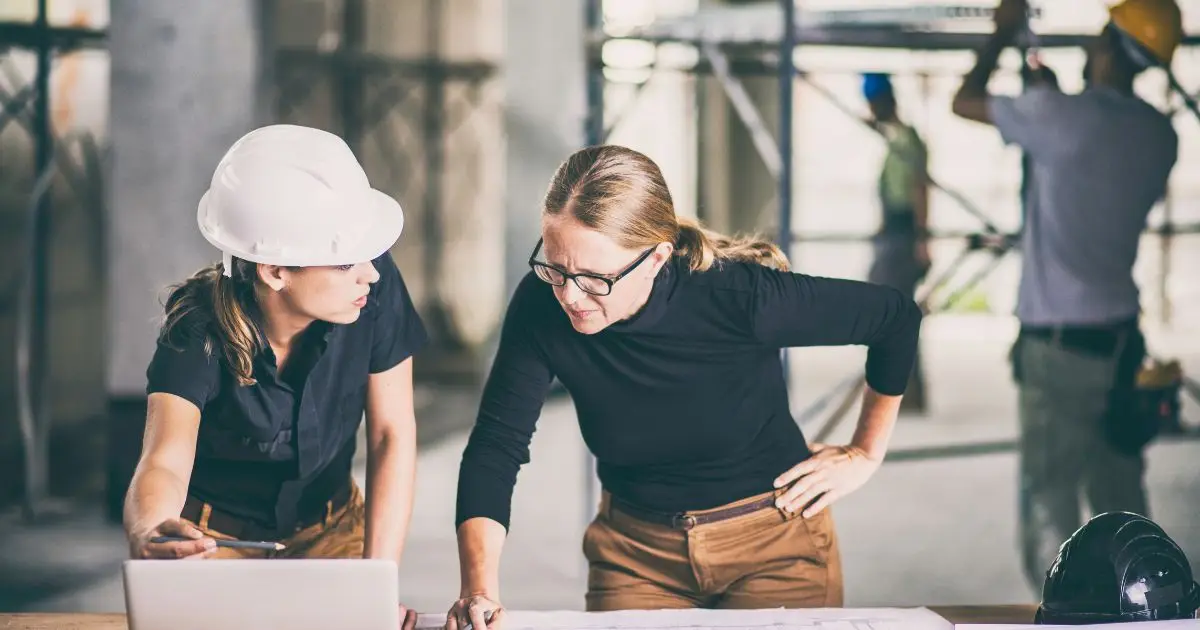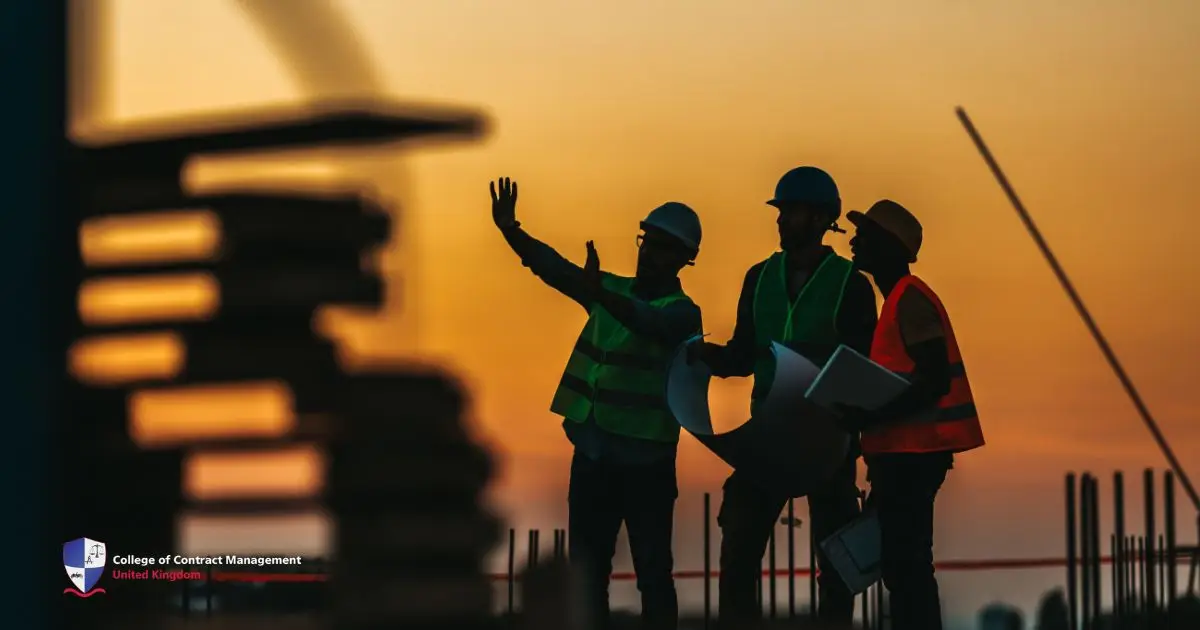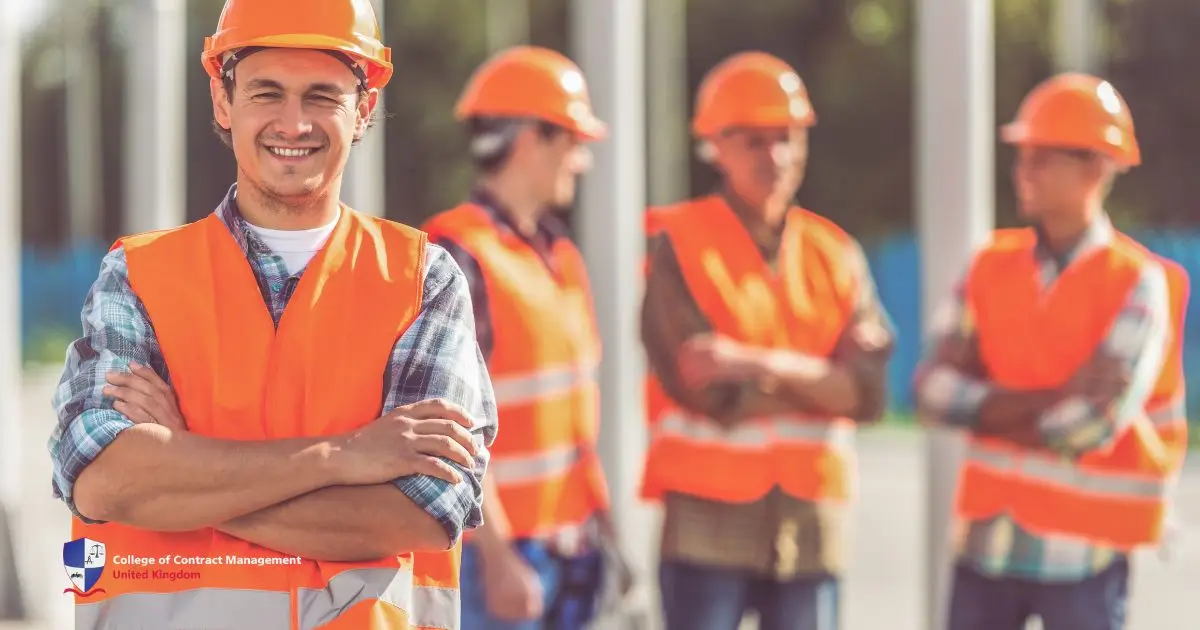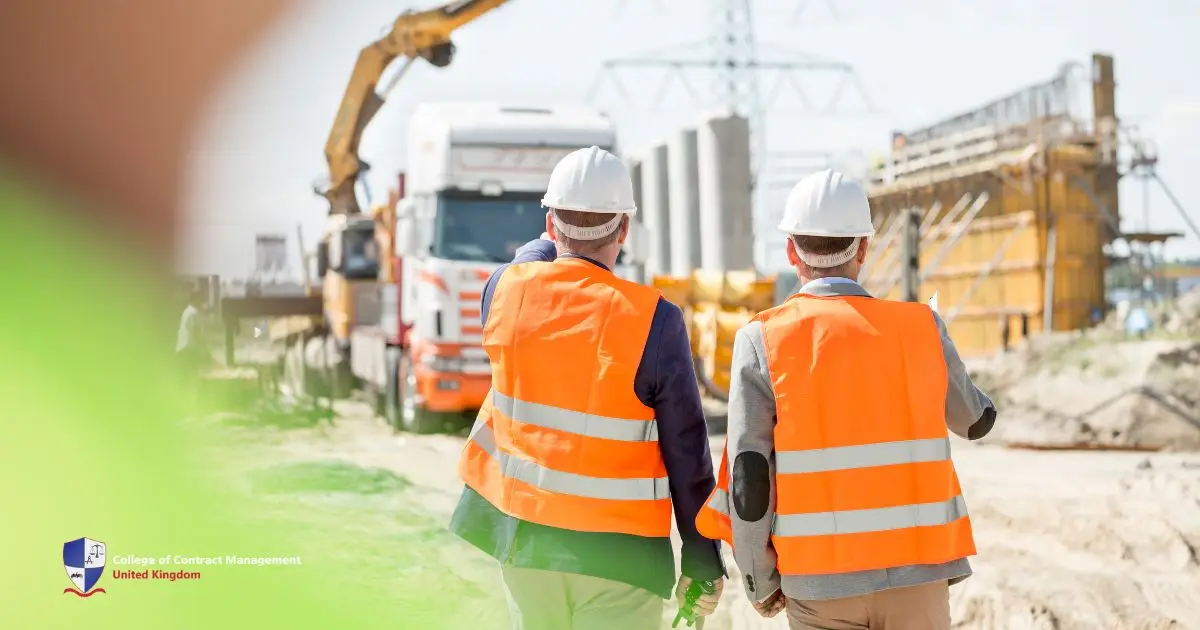The construction industry is a very challenging one. With the heavy labour and draining jobs, a lot of people believe that it is only for the male gender. In fact, 1.77 million men were working in construction in the UK as of the second quarter of 2024. On the contrary, only 271,000 women were working in this industry. With this comparison, there is a large difference between the population of the two genders in the construction industry. However, we cannot deny the fact that women in construction are as capable as men.
This article will explore the various challenges women face in the construction industry. It also discusses the history and how much progress they have made. By understanding this, we'll learn to create a more inclusive industry in the future. Let's look at the challenges women face in construction and how they break these barriers.
What are the roles of women in construction?
Today, women in construction have roles in different areas, such as architecture and engineering. Although those are male-dominated jobs, women who work in this area are proving that they have similar abilities. This is because they bring fresh ideas that help to make construction projects more effective. In the long run, the role of females in this field is growing and becoming important.
Despite these advancements, female construction workers still face challenges. For instance, unfair pay and fewer chances for leadership roles. Sometimes, women also experience discrimination while working on projects. To help overcome these issues, many companies offer support to encourage women in this field. By creating a fairer workplace, the industry ensures that all genders can do this job.
The history of UK’s females in construction
Throughout history, women in construction had parts in creating buildings for a long time. In the UK, the involvement of women in this field creates a greater move for inclusion. For instance, women took on construction roles during World War II. They built ships, bridges, and houses. In recent years, the UK has seen a rise in women pursuing careers in construction. Therefore, here are the notable people who contributed to the construction industry:
- Lady Anne Clifford: Lady Anne Clifford is one of Britain's earliest women leaders in structure projects. After reclaiming her family estates, she initiated big repairs on some buildings. Her popular works include churches and 5 castles across Yorkshire and Cumbria. As a highlight, many of England’s famous buildings are still standing today.
- Lady Elizabeth Wilbraham: Lady Elizabeth Wilbraham was the first female architect to draw up her own designs. She designed grand houses for her family and was behind the designs for up to 800 formal buildings. Her famous work is the design of Weston Hall in Staffordshire from 1670. Since women in construction couldn’t pursue a profession, she could never claim her designs as her own. Therefore, Sir Christopher Wren and William Winde took credit for her designs.
- Ethel Charles: In the late 19th century, Ethel Charles became the first woman in the Royal Institute of British Architects (RIBA). She was awarded the RIBA silver medal in 1905. More interestingly, she was celebrated as a pioneer architect woman by the RIBA in 2017.
- Irene Barclay: Irene Barclay was the first woman who became a Chartered Surveyor in 1922. Aside from that, she worked on housing surveys and improving housing conditions. One of her first projects was the purchase and refurbishment of 7 houses. Those projects marked her significant and valuable work as a social reformer.
The challenges of women in construction
Since men have dominated the industry, women in construction face many challenges. These include gender stereotypes and unfair biases that prevent women from taking on important tasks. In some cases, discrimination or harassment makes it harder for women to succeed. The lack of female representation in construction also reduces the number of role models. In the end, women are left out without the support to grow in their careers.
In addition to that, females in construction often struggle with the physical job. This is because those jobs are made for men. While there are improvements in the industry, there are still some challenges that women face. Here are further explanations about the obstacles in this area that women face.
Gender bias
Despite the history of how women contribute to construction, gender bias is still a big issue. For instance, men always doubt women’s abilities, especially in physical jobs. In many cases, there’s also a bias that prefers people with university degrees over those with vocational training. These can prevent women in construction from getting fair pay, career opportunities, and colleague support.
Physical challenges
Physical work in the construction site can be challenging for women. Many of the jobs require long work hours and strength. In addition to that, most of the personal protective equipment (PPE), like helmets and uniforms, are for men. This issue can lead to safety issues and discomfort for women working on-site.
Limited access to career development
Women in construction have fewer opportunities to find mentors or connect with colleagues. This is because there is a lack of female role models in the industry. In the long run, this makes it hard for women to access those opportunities. This may prevent them from reaching their full potential in their career.
Pay gap
The pay gap between men and women in construction is one of the largest across all industries. Across the UK’s biggest construction firms, the average hourly pay rate between men and women in 2023/24 is 23%. This pay gap occurs due to factors like roles and responsibilities. Therefore, closing this gap is crucial for ensuring equal pay for everyone in the industry.
Women’s prospects in construction
Although there are some challenges, women in construction can find educational and career opportunities in the industry. There are several programs to help women get the skills they need. For instance, online courses can help women who are just getting started in construction. They cover basic trades and safety protocols in the industry. These programs help women gain the skills necessary for a variety of roles in construction.
Aside from courses, career prospects for females in construction are growing. These include project management, surveying, engineering, and practical jobs like bricklaying and carpentry. As more companies value workers' diversity, they’re hiring more women through special programs. Alongside that, they also make sure the work conditions are fair and inclusive. These changes help women to have better chances in the industry.
Another thing that helps women thrive in the construction industry is networks. Support groups provide resources, mentorship, and opportunities to connect with other females in the field. Besides, they offer workshops to build skills. Most importantly, they provide advice to help women overcome challenges on the site. By incorporating these efforts, women in construction can get equal opportunities in the field.
Conclusion
To sum it up, the construction industry is seeing positive changes. This is because more women enter and thrive in the field. Despite the challenges, women in construction continue to break barriers. With this in mind, they have the chance to be successful in building their careers. As we recognise the females in construction, now is the time to take a step in your career.
At the College of Contract Management, we are proud to support everyone’s growth and development. We offer specialised courses, certifications, and online learning prospects. Thus, we empower people to pursue leadership roles and advance their careers in this evolving industry. If you're interested, enrol today and become part of the future of construction!





